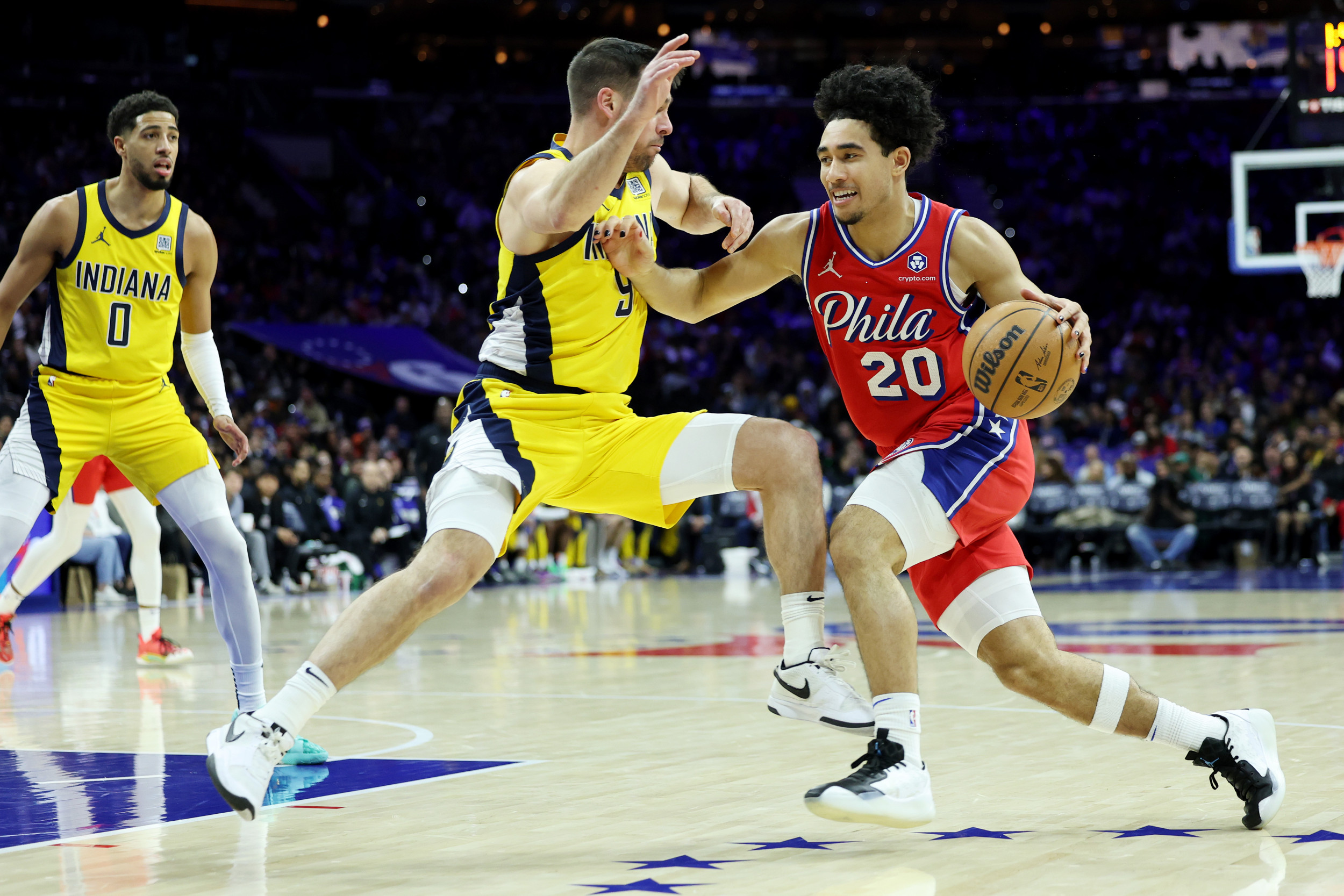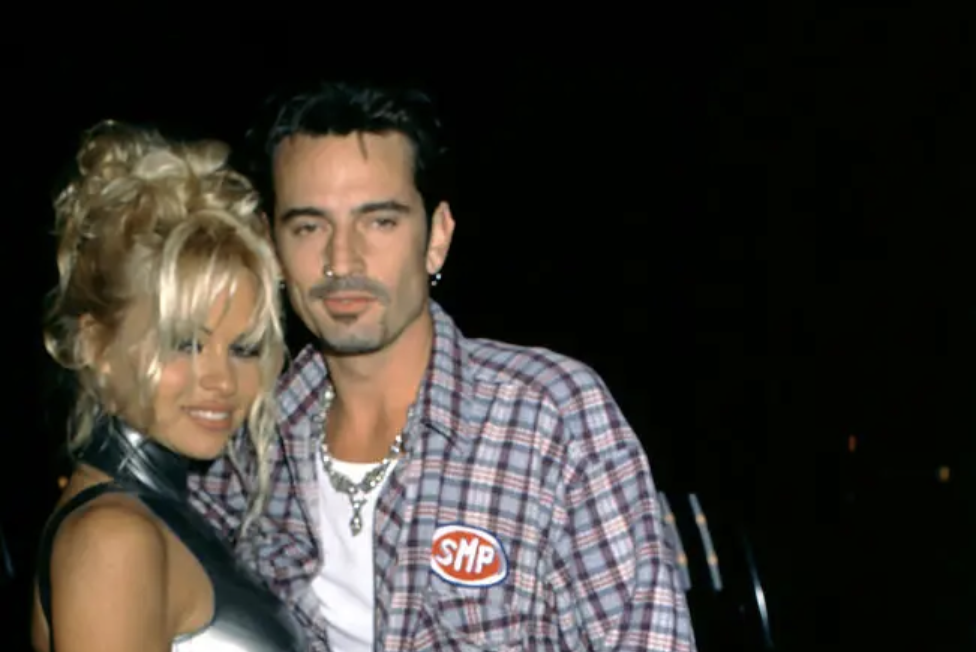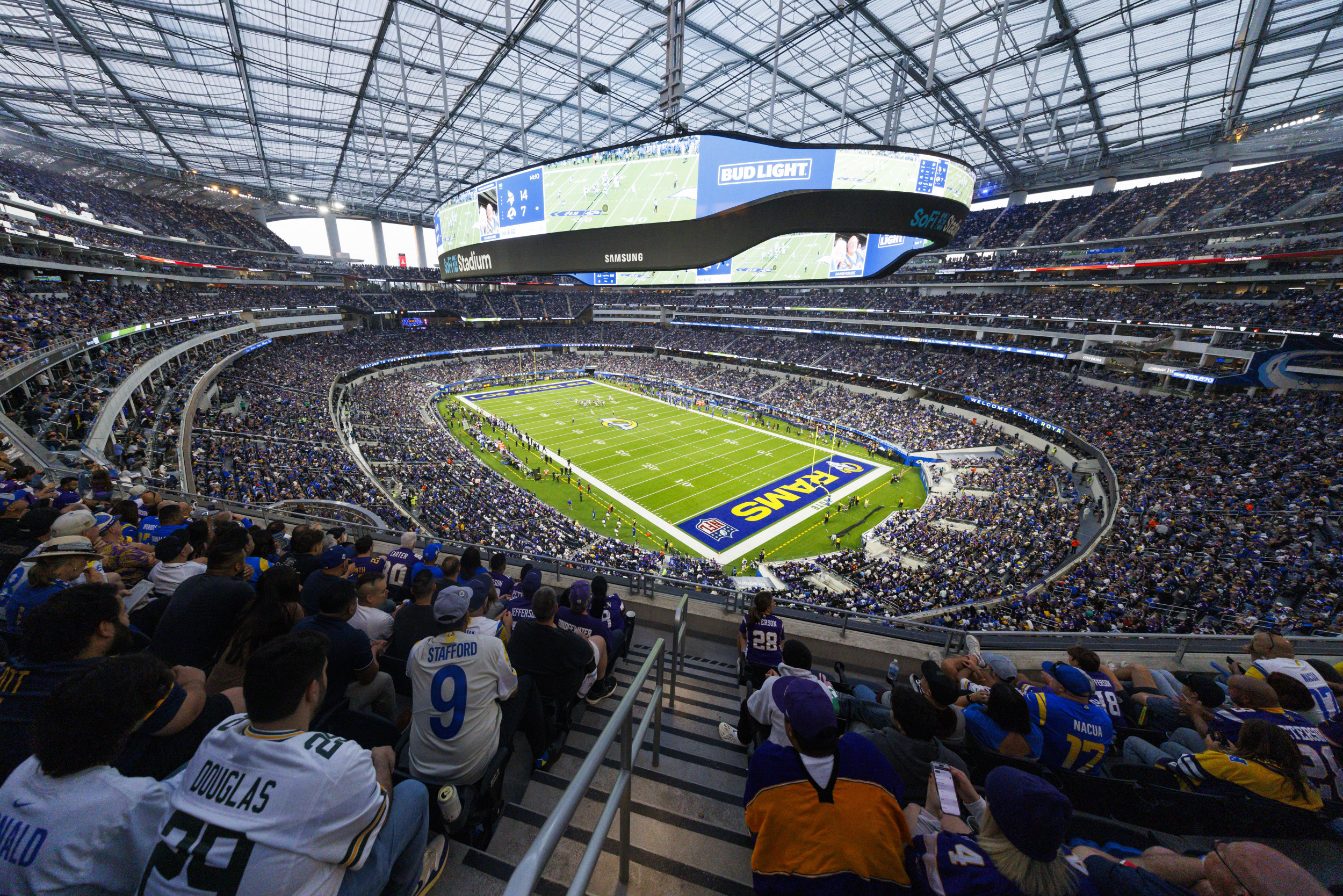Four astronauts returned to Earth early Friday after their mission at the International Space Station (ISS) was extended by two months longer than originally planned.
The return of NASA's eighth commercial crew flight, known as Crew-8, marked an end to a nearly eight-month stay that saw delays caused by technical issues with Boeing's Starliner capsule and the affect of Hurricane Milton.
Crew-8, aboard a SpaceX Dragon capsule, splashed down off Florida's Gulf Coast just before dawn.
Who Are The Returning Astronauts?
The crew, including NASA astronauts Matthew Dominick, Michael Barratt, and Jeanette Epps, along with Russian cosmonaut Alexander Grebenkin, were initially launched by SpaceX in March and expected to spend six months on the International Space Station.
However, the crew's return was repeatedly postponed. First, when Boeing's Starliner, which was intended as a secondary astronaut transport option, returned to Earth without Crew-8 in September due to thruster and helium leak issues. Then, Hurricane Milton ravaged of Florida at the beginning of the month, further delayed the crew's return.
Barratt, who was the only space veteran going into the mission, said the team had to "replan, retool and kind of redo everything right along with us," adding the support team back home "helped us to roll with all those punches."

After undocking from the International Space Station midweek, the SpaceX Dragon capsule reentered Earth's atmosphere at a speed of 17,500 mph before slowing to a safe landing speed under parachutes. The spacecraft finally touched down near Pensacola, Florida just before 3:30 a.m. ET, after a nighttime journey across southern Mexico.
Friday's splashdown marks the longest crewed SpaceX mission to date, according to NASA officials, totaling 235 days in orbit.
Boeing's Technical Setbacks and Crew Delays
NASA's Commercial Crew Program, which employs both SpaceX and Boeing for crew transport, has faced challenges with Boeing's Starliner, which came back empty in September.
Technical issues, including recurring thruster malfunctions, have delayed some crewed flights for years, forcing NASA to increasingly rely on Elon Musk's private space company SpaceX.
NASA's associate administrator Jim Free states that despite setbacks, the agency is committed to resolving the issues,
"We're a long way from saying, 'Hey, we're writing off Boeing,'" he said.
Inspections and further analysis of Starliner's recent test data are underway at the Kennedy Space Center.

Stranded Crew Members
Starliner's failure to launch as planned extended what was supposed to be an eight daylong mission for two other astronauts, Butch Wilmore and Suni Williams, into an eight-month ordeal.
In a strategic shift, two empty seats were added to a recent SpaceX launch in the hope of bringing home Boeing's two other stranded crew members, however this solution was not possible after safety concerns meant they were not able to return to Earth last month.
The pair will now remain on the International Space Station until at least February, along with two new crew members Nick Hague and Aleksandr Gorbunov who were launched by SpaceX four weeks ago,
Despite the setbacks, NASA has invested over $1.6 billion in Boeing's Starliner program.

NASA's Ambitions for Reliable ISS Transport
With the safe return of Crew-8, the ISS is now back to its typical complement of seven astronauts.
The agency says it remains committed to Starliner's development, citing the importance of multiple transport providers to avoid reliance on any single option.
While NASA typically rotates ISS crews every six months, the agency has pointed out that unexpected extensions including this one have offered extra research time, including studies on weightlessness effects on plant growth and body fluid shifts in space.
These findings are crucial while NASA works toward sustaining long-term human presence in space.
This article includes reporting from The Associated Press




















 English (US) ·
English (US) ·